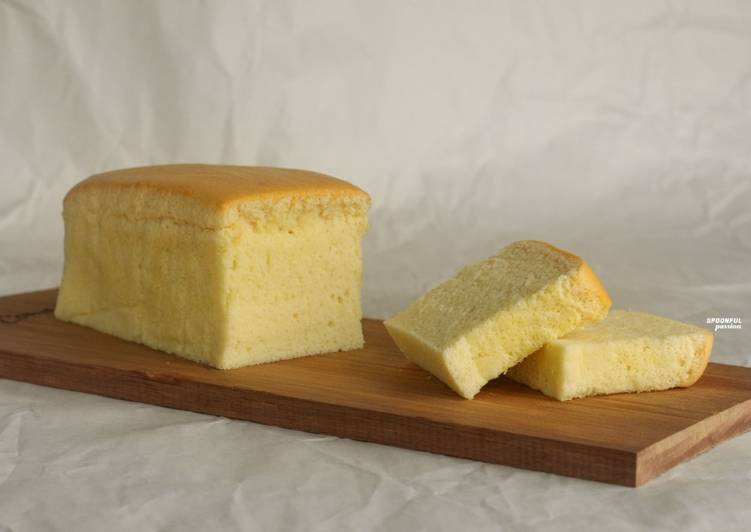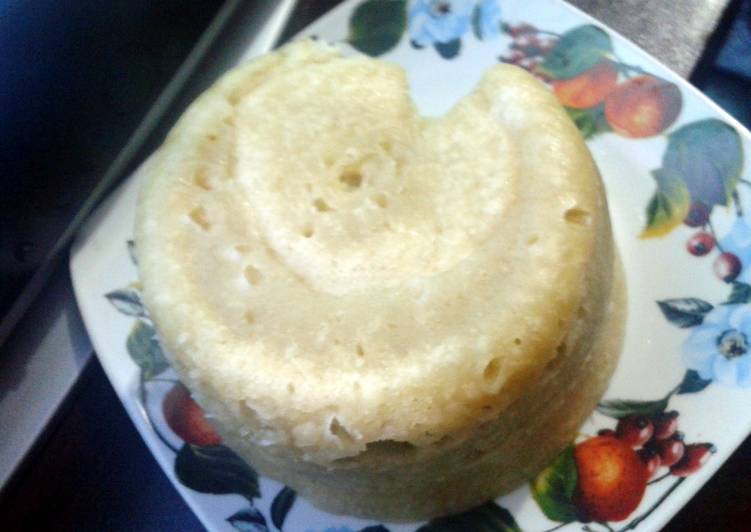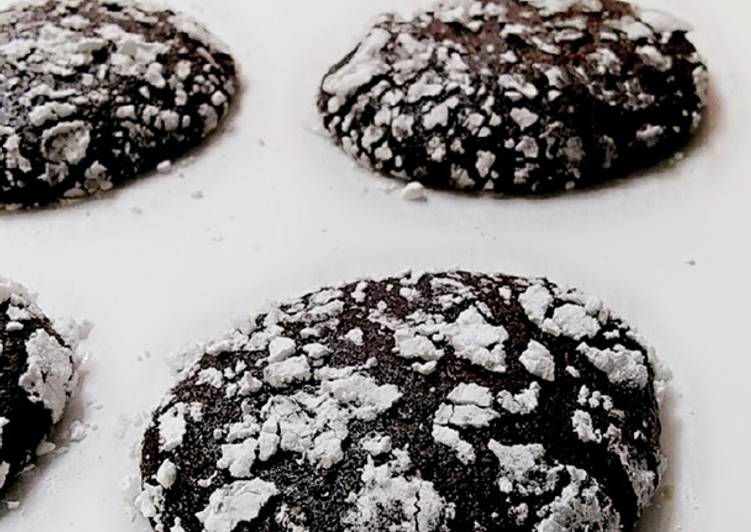
Hello everybody, it’s John, welcome to our recipe page. Today, we’re going to prepare a special dish, taiwanese castella cake. One of my favorites. This time, I am going to make it a little bit unique. This will be really delicious.
The main difference between the Japanese and Taiwanese castella is the Japanese version includes bread flour in the recipe instead of regular flour, without butter and baking powder. Therefore, unlike the jiggly Taiwanese-style castella, it is springy, slightly gooey, and with a dark crust. Castella cake is a world famous Japanese dessert. The cake is especially popular in Taiwan.
Taiwanese Castella Cake is one of the most favored of recent trending meals in the world. It is appreciated by millions every day. It’s easy, it’s quick, it tastes yummy. Taiwanese Castella Cake is something that I’ve loved my entire life. They are nice and they look wonderful.
To get started with this recipe, we have to first prepare a few components. You can cook taiwanese castella cake using 8 ingredients and 14 steps. Here is how you can achieve that.
The ingredients needed to make Taiwanese Castella Cake:
- Get 45 ml (3 tbsp) milk
- Take 30 ml (2 tbsp) vegetable oil
- Prepare 54 g cake flour or low protein flour
- Take 1/8 tsp table salt
- Prepare 1/2 tsp vanilla extract
- Make ready 54 g egg yolk (from 3 medium-sized eggs)
- Make ready 90 g egg white (from 3 medium-sized eggs)
- Prepare 40 g granulated sugar
To achieve a smooth surface, the most important thing to remember is the baking temperature. This is a Japanese traditional confectionery originally developed in Japan based on the "Nanban confectionery. This cake relies on the aerated egg whites and no other baking agent is used. The result was pretty close to what we have tasted and I am pretty chuffed.
Steps to make Taiwanese Castella Cake:
- Youtu.be/oG5nJa5rhrU
- Prepare the pan by lining parchment paper to cover the whole inner sides. If your pan is not leak-proof, wrap the outside with aluminium foil. This cake will be baked with a hot water bath so ensure no water is going in.
- Heat milk and oil to approximately 158°F (70°C).
- With a hand whisk, quickly mix cake flour into the hot mixture. It will turn lumpy but this is fine.
- Add and mix the yolk one at a time. Add salt and vanilla. Mix thoroughly until the dough has a sticky smooth consistency.
- At this point, preheat oven to 300°F (150°C). I use top and bottom heat without fan, so adjust your oven accordingly if it uses a different setting. Also, start heating up hot water for the water bath.
- Using a hand mixer, beat egg white until foamy with even tiny bubbles. With the mixer running on low speed, gradually sprinkle sugar onto the sides as you mix. After entire sugar is mixed in, switch to high speed and beat until soft peak.
- Add 1/3 of beaten egg white (meringue) into the batter. With a hand whisk, mix them thoroughly.
- Add another 1/3 of meringue. From here on, we want to gently combine the mixture with a folding motion. Be careful not to deflate the batter. The air inside this fluffy meringue is the key component of a fluffy cake. Mix just until no white streaks are seen.
- Add the final meringue. Fold gently just until it is 90% mixed.
- Switching to a silicone spatula, check the sides and bottom of bowl for any unmixed batter. Fold just until combined. Do not overmix as the batter loses its air every time we mix.
- Pour batter into the pan. Shake the pan to spread it evenly. Tap the pan onto the counter twice to release any big unwanted bubbles.
- Place the pan onto a larger deep pan. Pour hot water (around 176°F / 80°C) into the bigger pan up to 1-inch high. Carefully transfer into the oven. I place it on the second bottom rack, so not on the middle rack. Bake for 45 - 55 minutes or until the top is brown, spongy, and dry.
- Once baked, remove immediately from its pan and peel-off the paper. This will prevent the cake from shrinking too much. Slice it and let cool on the cooling rack before storing or serve it warm.
This cake relies on the aerated egg whites and no other baking agent is used. The result was pretty close to what we have tasted and I am pretty chuffed. The castella cake is originated in Taiwan, Japan. It is the softest sponge cake. The softest texture of the cake make the cake jigly when it is tapped.
So that is going to wrap this up with this exceptional food taiwanese castella cake recipe. Thanks so much for reading. I’m confident that you can make this at home. There is gonna be more interesting food in home recipes coming up. Don’t forget to bookmark this page on your browser, and share it to your family, colleague and friends. Thanks again for reading. Go on get cooking!

